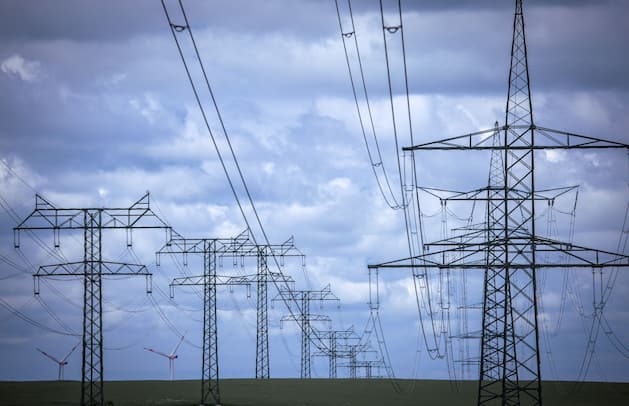Electric cars and heat pumps are at the forefront of the loads that our power grid will face in the future. As it stands, it may not be able to handle the onslaught of millions of new users, but there are plans to change that.
The demand for electricity in Germany will increase significantly in the coming years. Instead of 595 terawatt hours in 2018, it should be at least 658 terawatt hours in 2030. That’s an increase of 10 percent. Generating this electricity after phasing out nuclear energy and using more and more renewable instead of fossil energies is something that is technically absolutely solvable. Another problem arises, however, when the demand for electricity grows faster than the expansion of energy producers.
In various scenarios, this could lead to problems, at least locally or regionally, as the Federal Network Agency has calculated. Electric cars and heat pumps are likely to be the main drivers of the energy transition and the most power-hungry consumers. In addition to industry, most fossil fuels are still used in the transport and building sectors. Logically, when substituting electricity, consumption is also highest here.
Problems in normal operation should not arise for the power grids. But the situation is different if, for example, in the evening all households in a city plug their electric cars into the socket at the same time. “If a large number of new heat pumps and charging stations continue to be installed, then there will be problems with overloading and local power failures in the distribution network if we don’t act,” Thomas Müller, head of the Federal Network Agency, told the Frankfurter Allgemeine Zeitung. The agency assumes that from now on hundreds of thousands of new charging stations and heat pumps will be connected to the grid every year.
So how can network overload be prevented? There are the following plans.
Probably the most sensational idea at the moment comes from the Federal Network Agency. According to a report by the FAZ, the authority plans to allow energy suppliers to ration electricity for customers from 2024. However, this does not mean that customers will be completely turned off their electricity. “We want to guarantee a minimum supply at all times,” says Müller. However, it should be possible to throttle the consumption of charging stations locally and for a limited time in order to prevent the network from being overloaded. This would otherwise result in a blackout for all consumers.
However, rationing electricity can and should only be a temporary solution to the problem. In the long term, our power grids must be equipped to withstand peak loads from many electric cars, heat pumps and other electrical devices. This requires a comprehensive modernization of the networks.
The management consultancy Oliver Wyman recently calculated in a study that local power grids can no longer keep up with an e-car quota of 30 percent. That would be the case nationwide from 2032, but locally sooner. Local area networks are often small and consist of only 120 households. Here, 36 electric cars would lead to a blackout.
In order to prevent this, the grids would have to be expanded to accommodate the additional peak loads. It won’t be cheap. According to the study, with an electric car quota of 50 percent, investments of 11 billion euros would be necessary, which would increase to 26 billion euros up to a quota of 100 percent. A time window is also specified. With the current expansion of electromobility, the networks would have to be adapted by 2032 at the latest.
A third way of dealing with higher peak loads would be to temporarily store electricity that is generated by wind and solar systems in phases of low consumption and to feed it into the grid as an additional supply during peak load times. This would require a network of electricity storage systems.
However, electricity in these quantities has to be stored differently than in a simple battery or rechargeable battery. In households with photovoltaic systems on the roof, there are now often associated home storage systems that can store at least a few kilowatt hours. Larger amounts create pumped storage power plants. With excess energy, water is pumped into a reservoir, which is drained at peak times and converted back into energy in a hydroelectric power station. However, such power plants are only an option where there are large differences in altitude – primarily in the mountains in southern Germany. In the long term, electricity could be stored by using it to produce hydrogen or methanol, for example. The substances can then later be converted again in fuel cells, releasing energy. The disadvantage of all types of storage: Because the storage itself also requires energy, there are always losses when storing.
Follow the author on Facebook
Follow the author on Twitter















